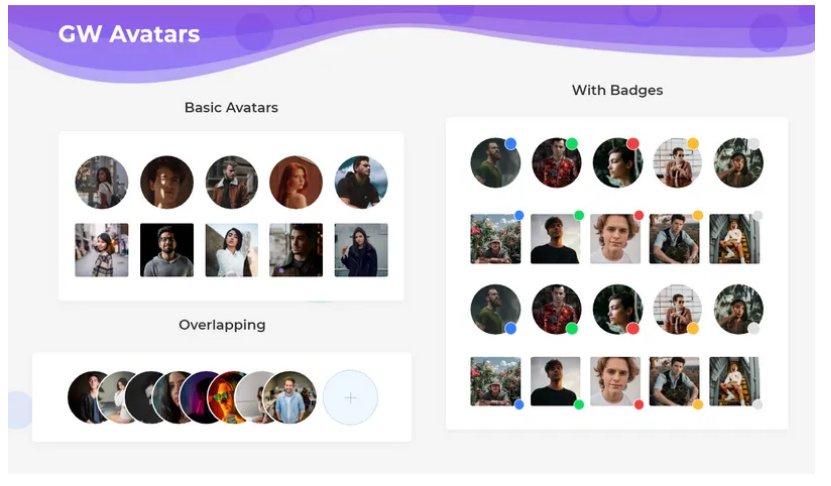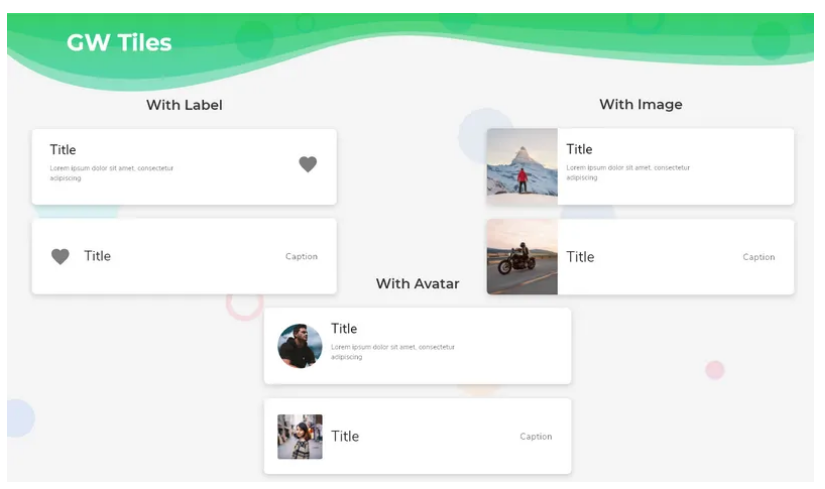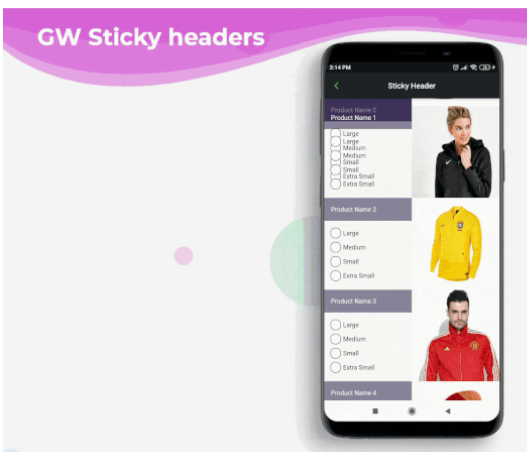Low-code: Templates Are Conquering Mobile App Development Too
📅 2021.04.01 - 👤 Borbély Viktor
 source: docs.getwidget.dev/gf-avatar/
source: docs.getwidget.dev/gf-avatar/
The year 2021 starts under the sign of low-code templates. More and more tools appear that make the life of digital product creators easier. We are already used to the fact that we will surely find something suitable among Flutter packages. Here is a free, community solution that offers a whole package.
According to the GetWidget page, it’s a “free” and “open source” solution. So we can safely try it. We get a library collection that contains ready-to-integrate components.
Not everyone likes ready-made things. Moreover, Flutter is known precisely for being able to easily create new widgets in it. In any case, for a quick Mock-up, like what Bootstrap started as back in the day, they are excellent.
Let’s look at some of these that are worth mentioning.
Avatar icons
The number one component of every worthy app. Its role evokes a sense of uniqueness, and therefore attachment to the application is also better. We see that this is “ours”.
 GW Avatar variations
GW Avatar variations
Cards (tile)
Flutter’s basic built-in ListTile is not sufficiently customizable. The authors felt this and made several variants of it, which are available in the form of low-code templates. With numerous parameterizable settings.
 The title components in trendy form
The title components in trendy form
Sticky header
There is a component system in Flutter, the Sliver. This component’s operation implements this, only it’s much simpler to set up.
If you don’t know this type of UI element, it’s worth seeing it in action.
 Sliver, simplified in Sticky headers
Sliver, simplified in Sticky headers
Shimmer effect
A favorite visual display of social apps. While loading, until we get content, placeholders appear on the screen, and for a few seconds we don’t have to stare at the empty, white display. Instead, a pulsating surface, and the content comes. This is typically one of those low-code templates that would only be possible with a lot of work, but here we get it ready-made.
On-boarding ready
On first use, we need to make the user like our application. This is what on-boarding, or in Hungarian the introduction process, is for. The component for this can be found here.
These are the low-code templates that caught my attention. Hopefully the package continues to evolve. So far it’s promising.
If you haven’t done so yet, join the Flutter (Dart) Hungary LinkedIn group, where we talk about similar topics with an interesting community.
On the low-code topic, I previously wrote about the UICode Figma plugin.